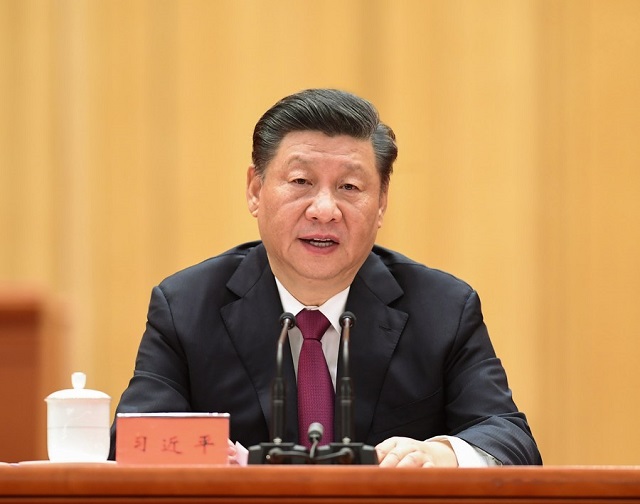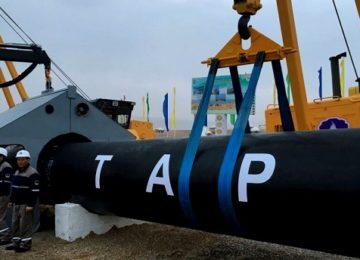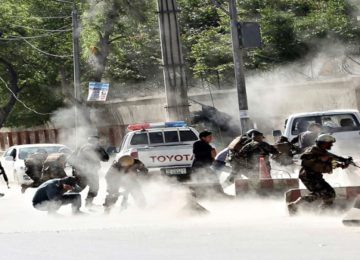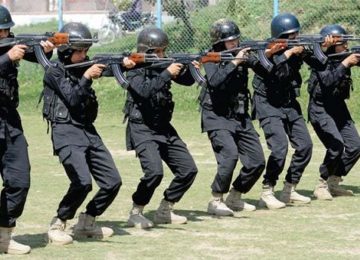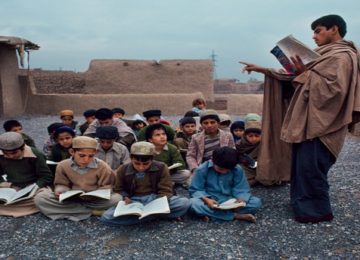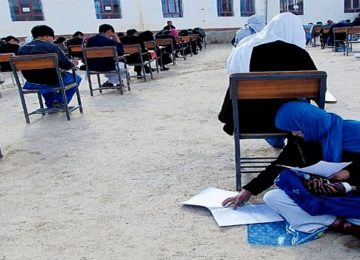March 02, 2021
The 70th anniversary of Pakistan China relations at an extremely critical juncture of history to the context of unprecedented ravages caused by COVID19 – offers an occasion for pride and reflection. Unmatched fraternity, selfless commitment to each other’s welfare and unflinching partnership marks this relationship, which is the envy of many across the globe.
China indeed inspires pride, hopes and confidence as far as Pakistan is concerned. There are four major reasons for this bond.
Firstly, on February 25 this year, for example, China announced to had lifted 850 million people out of destitution and extreme poverty, a mission President Xi Jinping had set himself when he became the President in 2013.
At a ceremony in Beijing, broadcast live on state television, Xi commended poverty fighters, and said his signature campaign to improve livelihoods had added 100 million people to the total during his eight years in power.
“There is no other country that could achieve such remarkable poverty alleviation progress within such a short time. Eradicating extreme poverty is yet another remarkable miracle of mankind worthy of historic remembrance. It is a great honour belonging to the Chinese Communist Party and the people,” Xi said.
Xi said on Thursday that 98.99 million people had been freed from abject poverty after an eight-year campaign and residents of more than 800 counties, with average income under 4,000 yuan (US$619) a year, had been removed from the official poverty list.
After becoming president in 2013, Xi had listed poverty elimination as one of the core missions for his administration and set a deadline of 2020. No doubt that the success in fighting poverty is also pegged to Xi’s ambitious economic reform including restructuring of state services and even the Peoples Liberation Army (PLA).
The announcement came as other global powers including US, UK, Brazil and neighbor India were still struggling to recover from the ravages of the Covid-19 pandemic.
It is not just the Chinese officials that gloat about the success of the massive poverty reduction drive; even the World Bank acknowledged back in 2017 the country’s “unmatched record”, accounting for more than 70 per cent of global success in eradicating extreme poverty since the 1980s.
Anti-poverty drive indeed is a lesson not only for Pakistan but also for several developing countries.
Secondly, the China Pakistan Economic Corridor (CPEC) simply took the unwavering friendship , commonly referred to in China as Iron brother that translates as Patia in Chinese) to new levels. At a time when most of the West treated Pakistan as an outcast and looked at only through the security-terrorism lens, President Xi stepped forward over five years ago and offered CPEC as a flagship of his Belt and Road Initiative (BRI).
Thirdly, China has successfully mainstreamed its largest Muslim-majority Xinjiang province through a massive infrastructure development programme. Despite threats by separatist terrorists, and their possible support by external powers, China forged ahead to turn Xinjiang into a highly-developed region.
Massive infusion of financial resources, has for instance, has transformed Xinjiang’s economy. The province has completed a number of infrastructural and industrial projects to align it with CPEC. In 2019, Xinjiang’s GDP reached an unprecedented 1.36 trillion Yuan, up from 919 billion in 2014. This was 200 times above the People’s Republic of China’s GDP in its initial years.
The per capita annual incomes of Xinjiang’s urban and rural residents went up to 32,764 Yuan in 2018/2019 from 319 Yuan in 1979, an over 9 percent increase over years, according to a factsheet by Xinhuanet. Even the population has seen a steady rise at 22.14 percent, unlike the average 2 percent increase in the mainland Han population. Uygur headcount in 2010 stood at 10.17 million in 2010 but had shot up to 12.72 million in 2018.
These statistics belie the news from western sources which suggest the Uygur face restrictions on the number of children they can have.
Because of CPEC, Xinjiang’s industrial, transport, water conservancy, energy and telecommunication projects are undergoing rapid progress. Xinjiang’s railway network has already exceeded the 6000 km mark, with expressway and highway accesses to 99.74% of its administrative villages, 21 civil airports. It meanwhile boasts a subway network in Urumqi.
Xinjiang’s staggering socio-economic development indeed stands out as a lesson also for Pakistan’s Balochistan province. Gwadar as a crown of CPEC can served as the harbinger of similar development if Pakistani authorities can prioritize inclusive economic development in the province. The Chinese hand of support is there. All it will take Pakistan’s decision-makers is to hold this hand firmly without pinching it too hard.
Fourth, both countries have been suffering because of proxy terrorism. China responded to threats of terrorism and separatism with inclusive economic incentives, very much in synch with what reformist chairman Deng Xiaoping said at the 6th Special Session of the UN General Assembly on April 10, 1974.
“Political and economic independence are inseparable. Without political independence, it is impossible to achieve economic independence and without economic independence the independence of a country would be incomplete and unstable,” Deng Xiaoping said.
This indeed is instructive for a developing country like Pakistan, currently beholden to western donors, led by IMF. The Chinese example indeed must serve as an unmistakable guideline to Pakistan; only economic independence will ensure political independence i.e. preservation of sovereignty. For that the leaders have to work much harder and with a razor focus on peoples’ welfare. Chairman Mao, Deng Xiaoping and Xi Jinping are living examples of selfless , honest leadership. Their clarity in vision for their people as well as foreign relations including the bond with Pakistan bears a lesson for us all. This has indeed been an unrivalled relationship.
Courtesy: Matrix Mag



